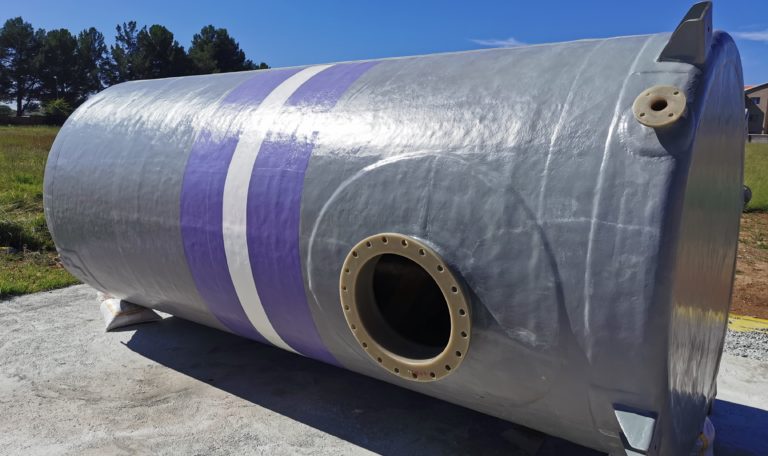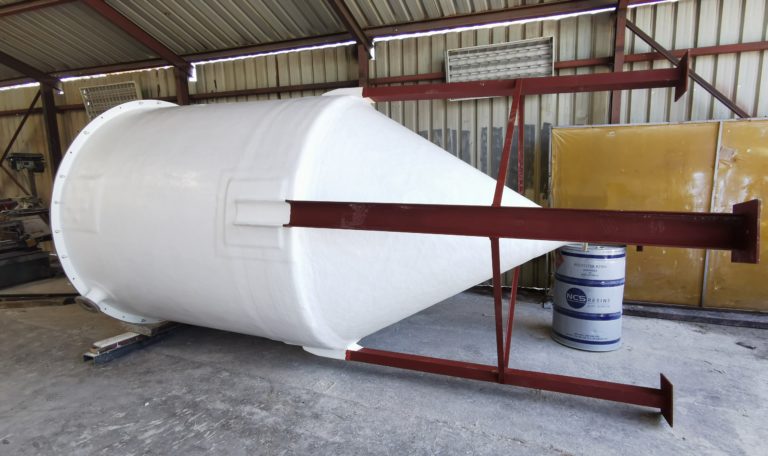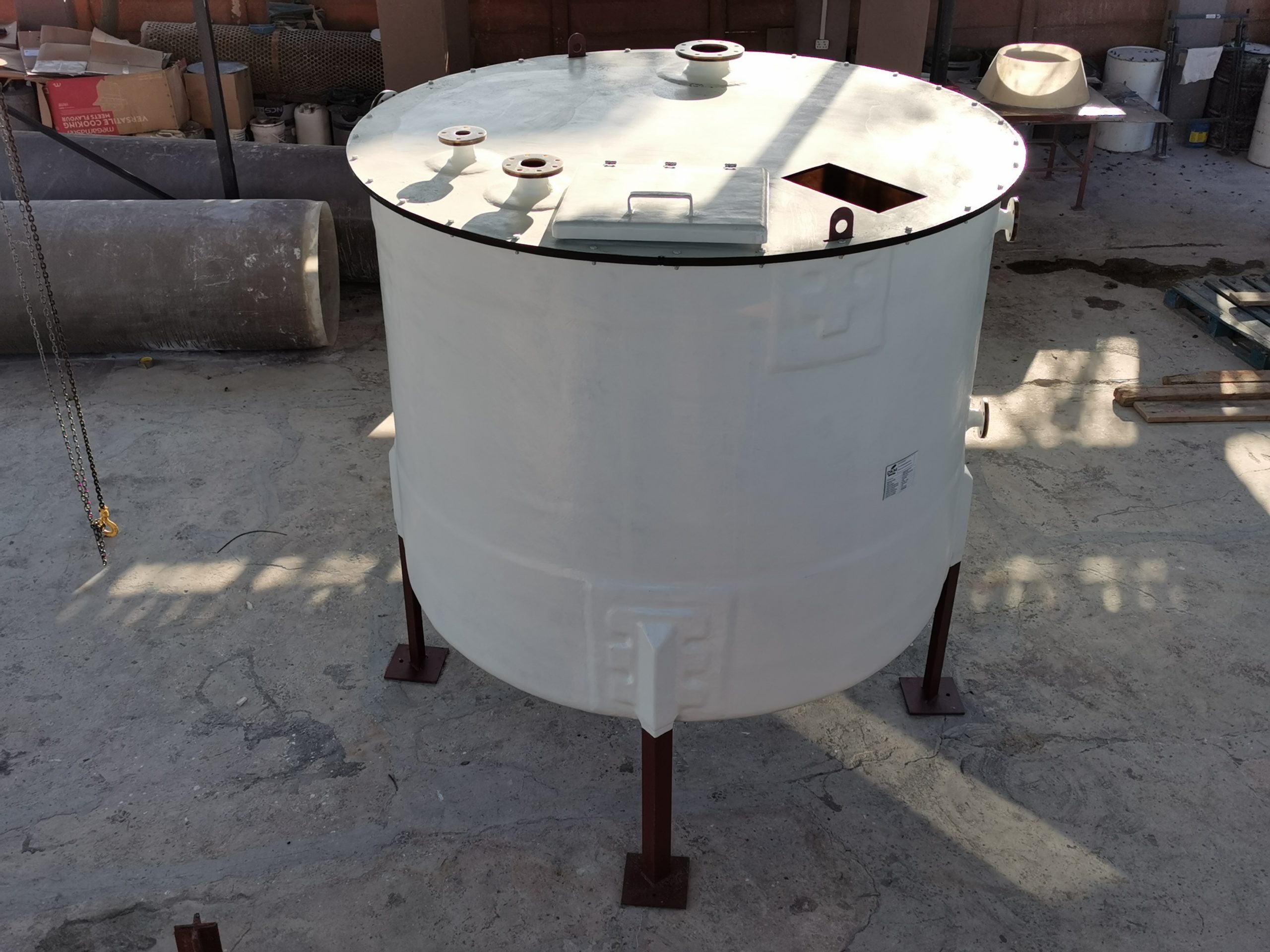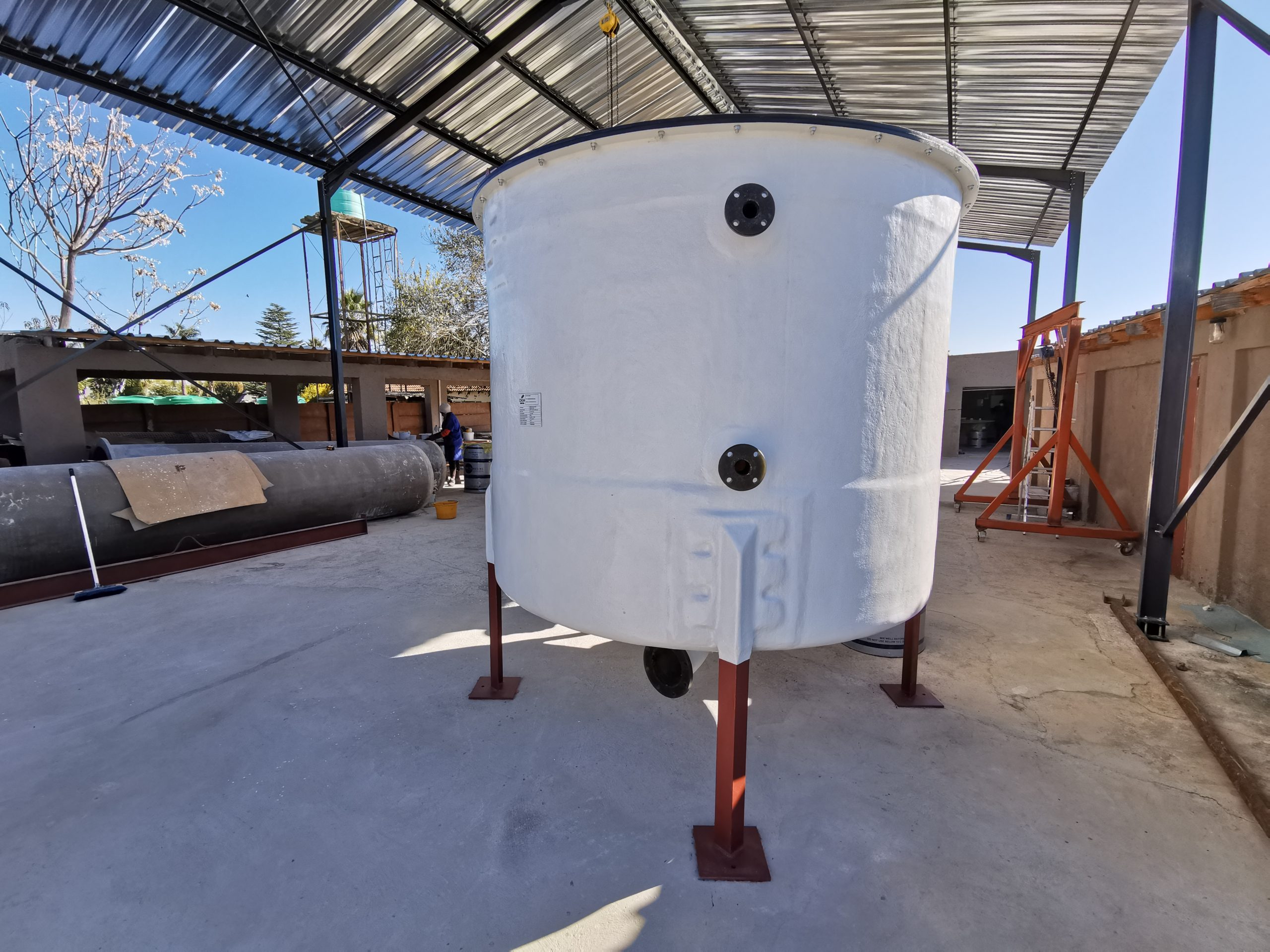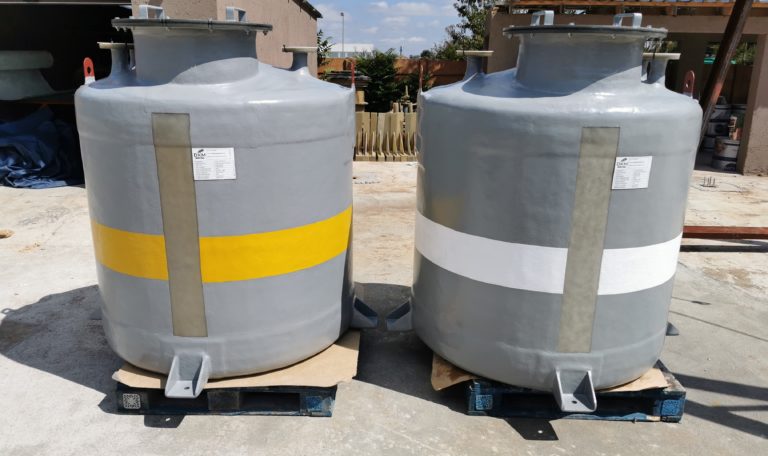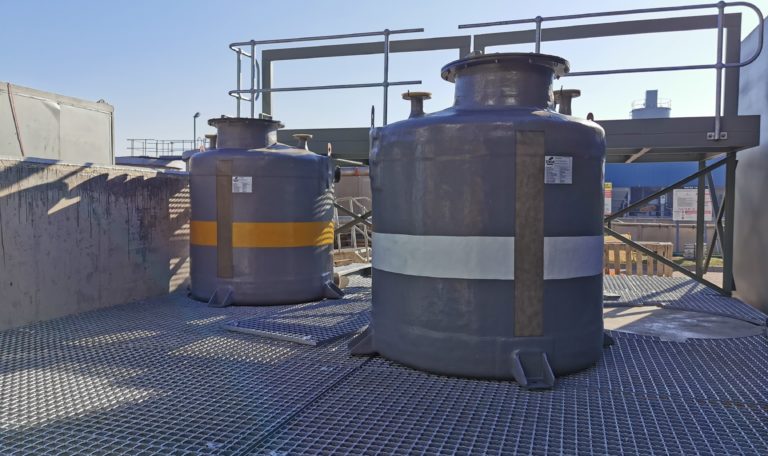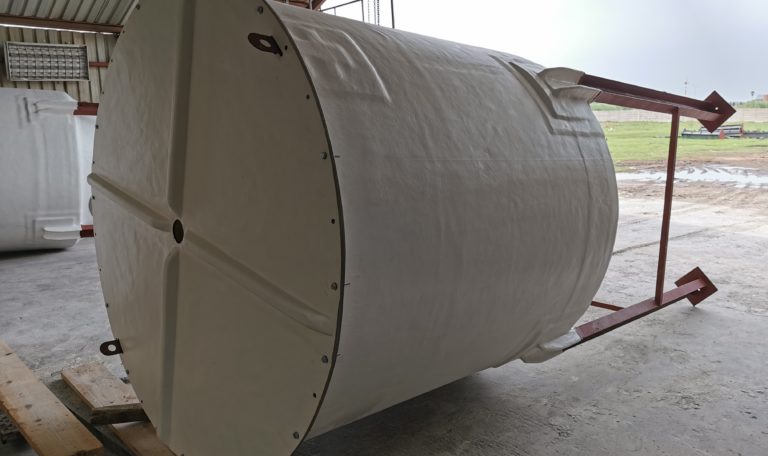Quality Control plans and visual inspections are conducted on a routine basis. Third party inspection can be arranged if required. Our GRP Storage/Process Tanks also come with a standard twelve month guarantee for faulty workmanship.
How do GRP Tanks perform against chemicals?
Quality Control plans and visual inspections are conducted on a routine basis. Third party inspection can be arranged if required. Our GRP Storage/Process Tanks also come with a standard twelve month guarantee for faulty workmanship.
Why GRP Tanks over other material tanks?
GRP Tanks vs Steel and Aluminium Tanks
Weight: Steel tanks are tremendously heavy in comparison to fibreglass tank which makes the installation process of a fibreglass tank/tanks much easier, this in turn reduces the installation costs significantly.
Strength: GRP tanks are lightweight but also impressively strong, steel tanks are strong but extremely heavy and aluminium tanks are also lightweight but not strong.
Maintenance: GRP has a design life of about 25 years, together with it’s durability and sustainability this material is maintenance free compared to steel and aluminium which can rust, corrode and needs constant maintenance over the same period as the design life of GRP.
Transport costs: GRP Tanks are 70% – 80% lighter than steel tanks. Because of this transport costs are dramatically reduced as no heavy lifting equipment is required to load/offload.
Product cost comparison: Steel and aluminium tanks do have a lower initial cost which may be appealing at first, however, if you compare the total cost of a fibreglass tank to a steel/aluminium tank over their expected 25 year lifetime the fibreglass tank is a much more cost effective product and we will explain why. Transportation costs of a steel tank are much higher than that of a fibreglass tank due to the weight of a steel tank, heavy duty equipment is required for loading and offloading as well as transport. Steel tanks are much heavier than fibreglass tanks so installation of a steel tank requires heavy duty equipment and more time which results in a higher installation costs. Steel and aluminium tanks require constant maintenance due to their low durability levels which results in high maintenance costs, where as GRP Tanks require very little to no maintenance at all.
GRP Tanks vs Polyethylene Tanks
Here are a few reasons why fiberglass is a superior material choice for storage tanks:
Expansion: GRP tanks experience very little expansion as apposed to polyethylene tanks which can experience expansion of up to 4%. This mean that polyethylene tanks require expansion fitting on all joints which results in increased project costs.
Fittings: GRP tank fittings are bonded to the tank using the same materials used to fabricate the tank, this makes the joints a lot stronger and prevents leaking.
Accessories: Polyethylene tanks can only have accessories installed on flat surfaces where GRP tanks have the design freedom to have accessories added anywhere.
Access manholes: GRP tanks can be provided with side access manholes where polyethylene tanks can’t. This creates an issue with accessibility to the inside of the tank, also plant and site height restrictions for safety now come into play.
Service life: The service life of a GRP tank is much longer than the service life of a polyethylene tank, this means that a GRP tank is replaced less frequently than a polyethylene tank, also because a GRP tank last longer than a polyethylene tank the chances of catastrophic failure are reduced significantly.
Aesthetics: GRP tanks can be provided with an UV resistant pigment colour which matches the existing plants design for an aesthetically pleasing, maintenance-free exterior.
Natural elements: GRP tanks can be fitted with holding down lugs to protect the tank from strong winds and seismic loads.


